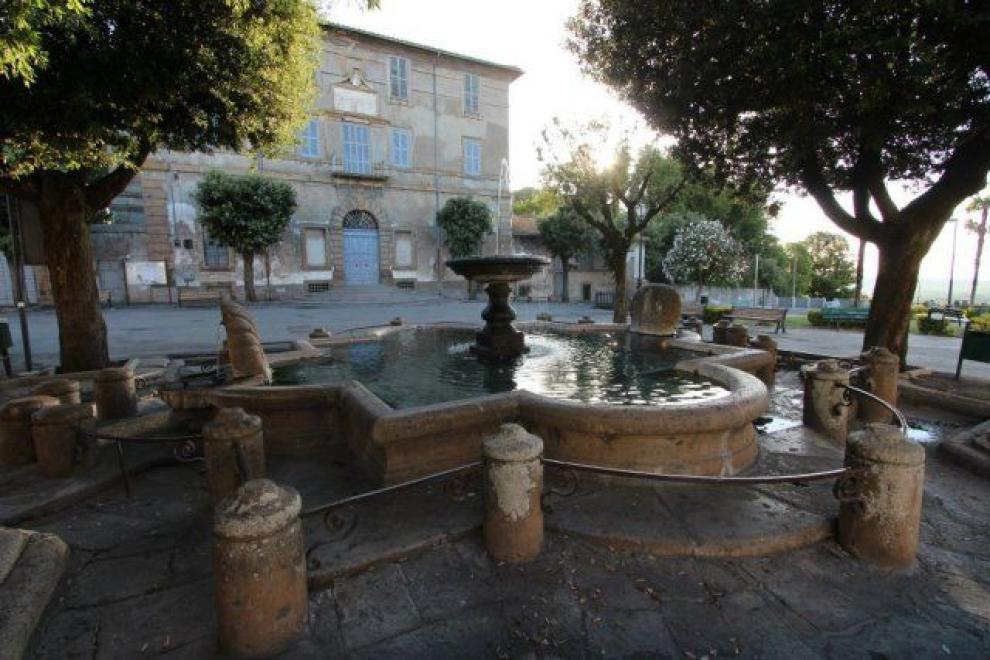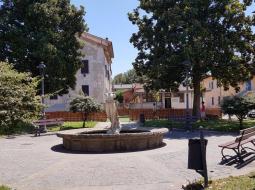Thessaloniki gets ready for its metro launch in November
The underground rapid transit lines have been under construction for almost two decades due to various project delays
 TheMayor.EU logo
TheMayor.EU logo 
The Manziana area was already full of different settlements in the Villanovan era, inhabited both by the Etruscans and then by the Romans.
In the 11th century the territory became part of the possessions of the family of the Prefects of Vico, a small fiefdom called Castrum Sanctae Pupae. In 1290 Santa Pupa was purchased by the Archispedale del Santo Spirito, but historical records point to the fact that at the time, the fiefdom was almost uninhabited.
In the mid-sixteenth century, the Barons of the Holy Spirit worked to repopulate it by offering half a rubbio (just under a hectare) of land in exchange for a fifth of the product. The offer attracted people from Tuscany, Umbria, the Marches and in some cases from Northern Italy. The new arrivals were mostly woodcutters.
In the year 1500 the settlers organised themselves into Universitas, which was recognized by the Holy Spirit. This brought about the ultimate creation of Manziana and its village, urbanized by the architect Ottavio Nonni.
Until 1870 Manziana was under the papal dominion. With the unification of Italy, the evolution of the rural village into the current modern town began.
Manziana is a municipality in the Metropolitan City of Rome in the Italian region Lazio, located 40 kilometres northwest of the capital Rome. The population of Manziana is around 8,000 people.
Among the city’s traditional and most widespread and renowned economic activities are handcrafts, such as iron working and art.

Manziana has a territory rich in attractions, both from a historical and archaeological point of view as well as in terms of nature. Here is a list of must-visit places for anyone who wants to spend peaceful days in the area: